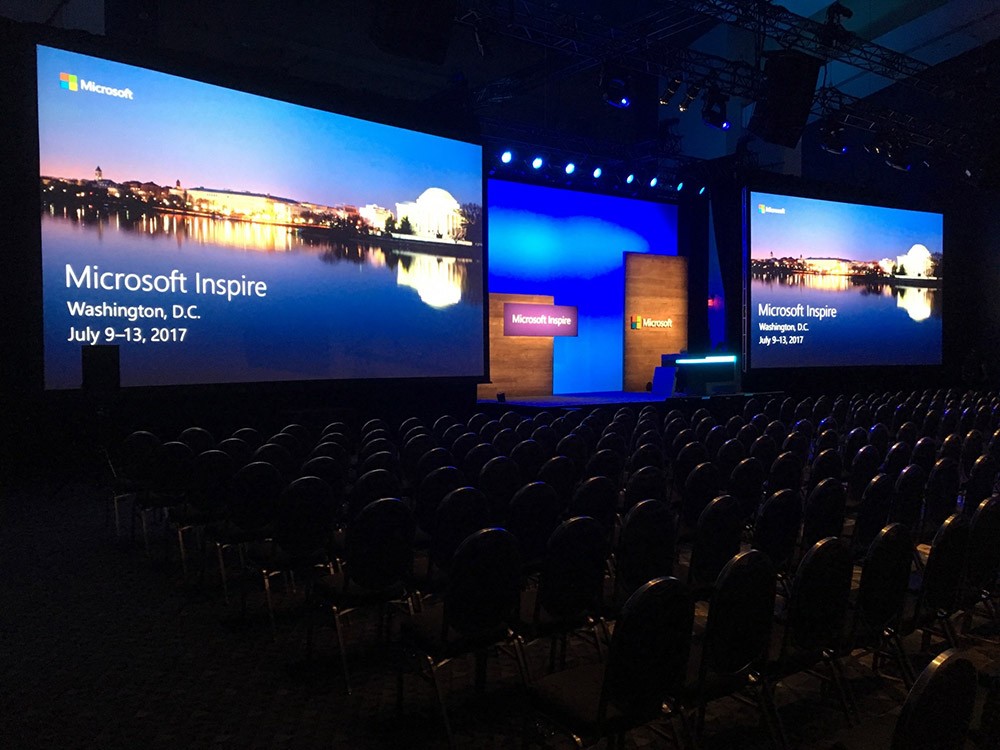Investigating How Definition Influences the Performance and Aesthetic Quality of Light Emitting Diode Screens in Modern Exhibition Technology
Investigating How Definition Influences the Performance and Aesthetic Quality of Light Emitting Diode Screens in Modern Exhibition Technology
Blog Article
Light Emitting Diode screens are becoming more and more common in different settings, including concerts and sports competitions to business presentations and art exhibits. One of the most important elements that affect the functionality and image clarity of these displays is resolution. Image resolution denotes the number of pixels that make up the visual on the screen. Higher image clarity means more picture elements, which can result in sharper and crisper visuals. Understanding how resolution affects LED screens can assist users make knowledgeable choices about their screen needs.
When talking about resolution, it is crucial to take into account picture spacing, which is the gap between the midpoint of one pixel to the midpoint of the following picture element. A reduced picture spacing yields a higher resolution, enabling additional clarity in the visuals shown. For instance, an LED wall with a pixel spacing of 1.5mm will offer a sharper visual than one with a picture spacing of 3mm. This is especially important in environments where viewers are close to the screen, such as in a small venue or a trade show booth. In these cases, a greater image clarity can discover this significantly enhance the viewing experience.
Another factor of resolution is its impact on color accuracy and luminosity. LED screens with greater image clarity often have better color reproduction, indicating that the hues shown are more lively and realistic. This is essential for uses like marketing, where the goal is to attract attention and convey a concept effectively. Additionally, greater image clarity screens can preserve brightness levels even when viewed from various perspectives. This is crucial in big locations where viewers may be seated at different distances and angles from the screen.
The performance of LED screens is also affected by image clarity in terms of update rates and reaction times. A higher resolution display can handle quicker update rates, which is essential for fast-moving material such as films and motion graphics. This indicates that the images on the display will look more fluid and more fluid, enhancing the overall viewing experience. In comparison, reduced image clarity screens may struggle with fast-moving content, leading to blurriness or lag. Therefore, for occasions that depend on dynamic images, selecting a screen with a appropriate image clarity is vital.
In summary, resolution plays a crucial role in defining the performance and visual quality of LED walls. Factors such as pixel pitch, hue precision, luminosity, update rates, and response times all contribute to how effectively a display can convey information and engage viewers. As technology continues to advance, grasping these factors will assist operators choose the appropriate LED wall for their particular requirements, guaranteeing that they obtain the optimal potential outcomes in their displays and occasions.